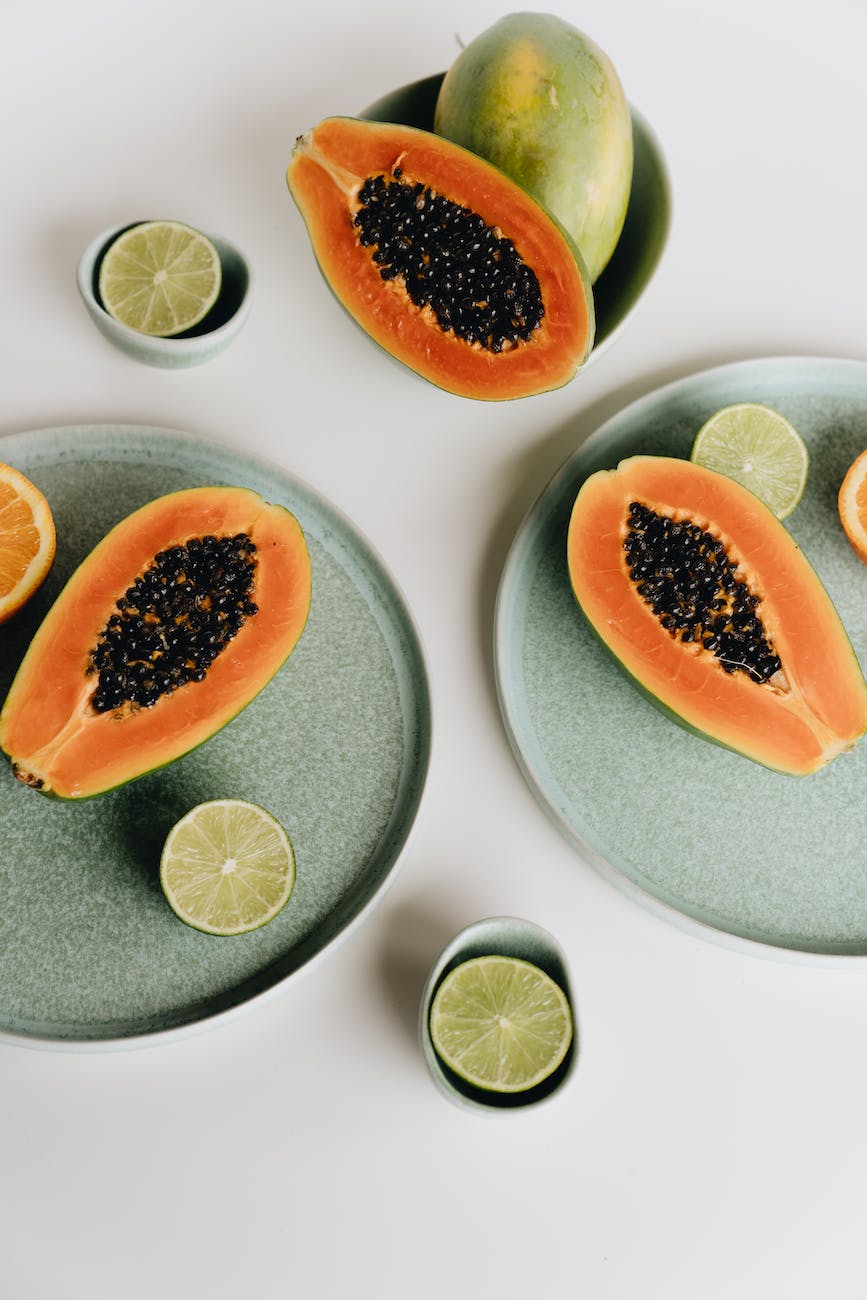
Cherries, with their vibrant color and sweet-tart taste, are not just a delight to the palate but also a boon to health. These small fruits pack a punch when it comes to nutritional value, offering a host of vitamins, minerals, and antioxidants. This post will explore the nutritional profile of cherries, their benefits, and how they can aid in weight loss. 🏋️♀️
🍒 Are Cherries Good for Weight Loss? 🍒
Yes, cherries are indeed good for weight loss! They are low in calories and high in fiber, which can help keep you feeling full and satisfied, reducing the need for snacking between meals. Plus, cherries have a high water content, which can also contribute to feelings of fullness and help with hydration. This combination of low calories, high fiber, and high water content makes cherries a great addition to any weight loss diet. 💦
🍒 Cherry Nutrition: A Powerhouse of Health 🍒
When it comes to nutrition, cherries truly shine. A 100-gram serving of fresh cherries provides:
- About 50 calories: This low-calorie count makes cherries a guilt-free snack.
- 1 gram of protein: While not a significant source of protein, every bit contributes to your daily needs.
- 0.3 grams of fat: The low fat content helps keep the calorie count down.
- 12 grams of carbohydrates: These are mostly simple sugars, which provide quick energy.
- 1.6 grams of dietary fiber: Fiber aids digestion and helps control hunger.
- Good source of Vitamin C and Vitamin A: These vitamins are essential for immune function and eye health, respectively.
- Minerals like potassium and copper: Potassium helps regulate blood pressure, while copper aids in iron absorption.
- Rich in antioxidants, including anthocyanins and catechins: These compounds help protect your cells from damage.
🍒 Cherry Fruit Benefits: More Than Just Weight Loss 🍒
While cherries are beneficial for weight loss, their benefits extend beyond that. Here are some key benefits of cherries:
- Rich in Antioxidants: Cherries are packed with antioxidants, which can help fight off disease and promote overall health. These antioxidants can help protect your cells from damage and reduce inflammation.
- Sleep Regulation: They are one of the few food sources that contain melatonin, a hormone that helps regulate sleep cycles. This can be particularly beneficial for those who struggle with sleep disorders.
- Exercise Recovery: Some studies suggest that tart cherry juice can enhance recovery following strenuous exercise by reducing muscle pain and weakness. This can be a great benefit for athletes or anyone with a vigorous workout routine.
🍒 Cherries and Weight Loss: A Sweet Combination 🍒
Cherries offer several properties beneficial for weight loss:
- Low in Calories: Cherries are low in calories, making them a weight-loss-friendly food. You can enjoy a sizable serving without worrying about exceeding your daily calorie limit.
- High in Dietary Fiber: The high fiber content in cherries can help control hunger and reduce overall calorie intake. Fiber slows digestion, helping you feel full longer.
- High Water Content: The high water content in cherries contributes to feelings of fullness and aids in hydration. Staying well-hydrated is crucial for overall health and can even help control hunger.
🍒 Fresh vs Dried Cherries for Weight Loss 🍒
Both fresh and dried cherries can be good for weight loss:
- Fresh Cherries: They are low in calories and high in water content, which can help you feel full. Fresh cherries also have a crisp texture and natural sweetness that can satisfy your cravings for a snack.
- Dried Cherries: They are more calorie-dense but also higher in fiber. Dried cherries can be a good option for a portable, non-perishable snack. However, be mindful of portion sizes when consuming dried cherries as the calories can add up quickly.
🍒 How Many Calories Do Cherries Have? 🍒
A 100-gram serving of fresh cherries contains about 50 calories, making them a low-calorie fruit option. This makes cherries a great addition to a weight-loss-friendly diet. Remember, maintaining a calorie deficit (burning more calories than you consume) is key to weight loss.
🍒 Adding Cherries into Your Weight Loss Diet 🍒
There are many ways to incorporate cherries into your diet:
- Fresh Snack: Enjoy them fresh as a snack. They’re delicious on their own or paired with a handful of nuts for a balance of carbohydrates and protein.
- Salads: Add them to salads for a sweet and tart flavor. They pair well with leafy greens, goat cheese, and a balsamic vinaigrette.
- Smoothies: Blend them into smoothies for a nutrient-packed drink. Try combining cherries, Greek yogurt, a banana, and a splash of almond milk for a tasty and filling smoothie.
- Cooking and Baking: Use them in cooking and baking for a burst of flavor. Cherries can be used in everything from savory sauces to sweet desserts.
Potential Warnings
While cherries are generally safe for most people, some may need to take precautions:
- Allergy: Though rare, some people may be allergic to cherries. Symptoms may include itching, swelling, stomach pain, and even difficulty breathing.
- Pesticide Residue: Cherries may contain pesticide residues. Washing them thoroughly or opting for organic cherries can help reduce exposure.
Conclusion
Whether sweet or tart, cherries are a delightful fruit that can be enjoyed in a variety of ways. They’re packed with powerful antioxidants, offer several health benefits, and can be incorporated into a weight-loss-friendly diet.
In conclusion, cherries are a delicious and healthy fruit that can support weight loss and overall health. Whether you’re looking to lose weight, improve your diet, or simply enjoy a tasty and nutritious fruit, cherries are a fantastic choice. 🌟













